Mining
The Tres Amigos shaft, also known as Sela or San José, is located in the town of Entrerríos, in the valley of San Juan (Mieres).
The mining activity in this valley began in 1885 thanks to the entrepreneur Julio Bertrand. Shortly afterwards, the concessions passed first to one of Bertrand's partners, Manuel Fernández, and later to the companies Minas de El Peñón and Sociedad Minera del Caudal y del Aller, successively.
In 1927, the businessman José Sela y Sela leased a group of mining concessions in this valley, which he eventually acquired in 1941, when he set up the company Mina Tres Amigos, S.A.
The extraction activity was focused on its mountain groups until 1939, when the works began on the sinking of a vertical shaft, also known as the Sela Mine, which was to bear the name of San José. Three years later the works were completed and the coal extraction began.
In the 1960s, the facilities were modernised, including a new quarrying machine and a 31.8 metre high, welded steel Duro Felguera-type headframe to replace the first one in the shaft. It was also planned to sink an auxiliary shaft, which would be called San Luis. Once the project was halted, this facility was used as a ventilation shaft.
At the time of its incorporation into Hunosa, in 1969, the mine had 1,500 workers. From then on, in order to avoid confusion with the mines bearing the same name in Turón and Olloniego, it was renamed as Tres Amigos. The shaft was closed in 2001, after reaching a depth of 486 metres and 8 floors. The mining activity in the San Juan valley had come to an end.
Among all the facilities of this mine, only the San José Mine headframe, the powerhouse, an old powder warehouse and the San Luis sinking headframe are still preserved.
In recent years, a group of former workers has been carrying out important tasks to recover the preserved facilities and the memory of the Tres Amigos shaft.

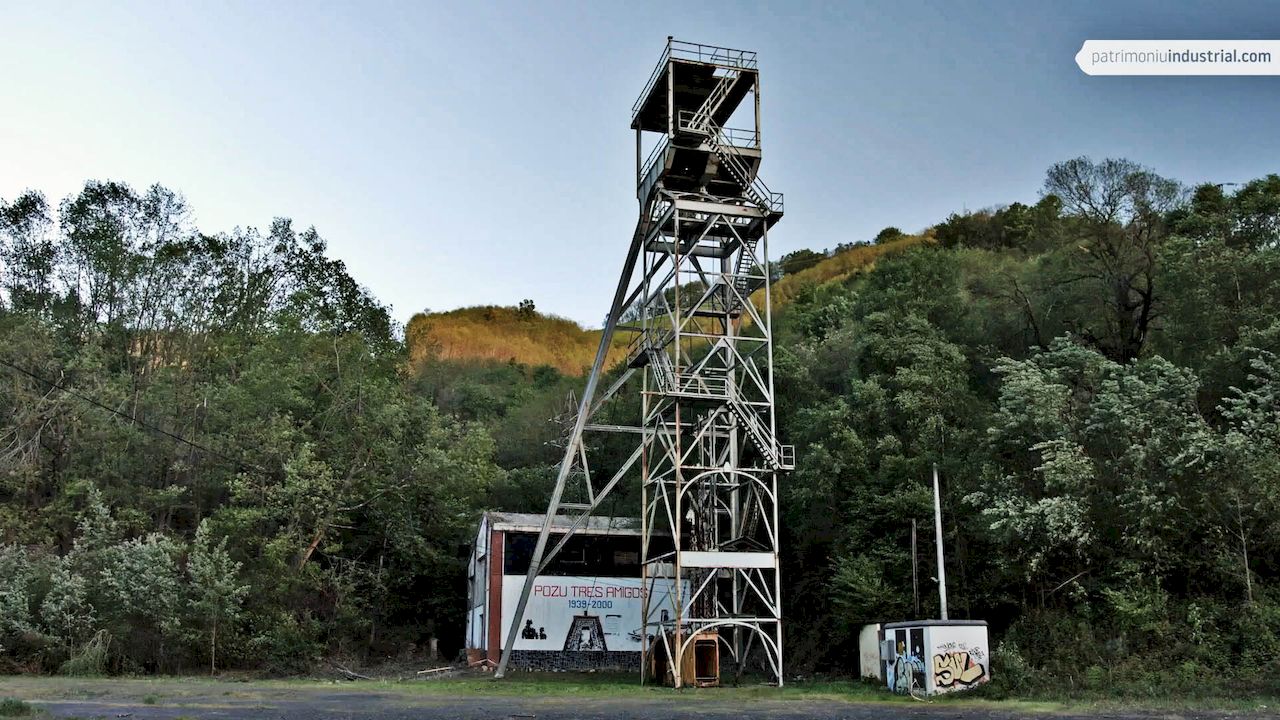
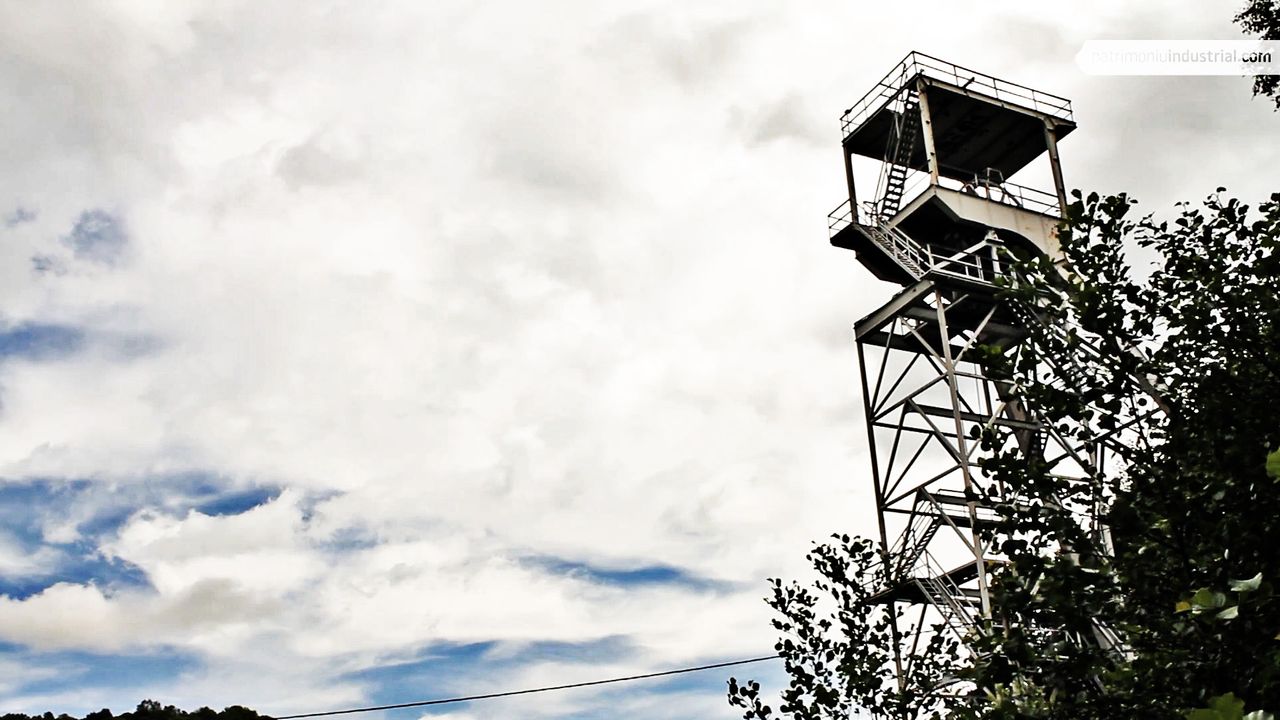
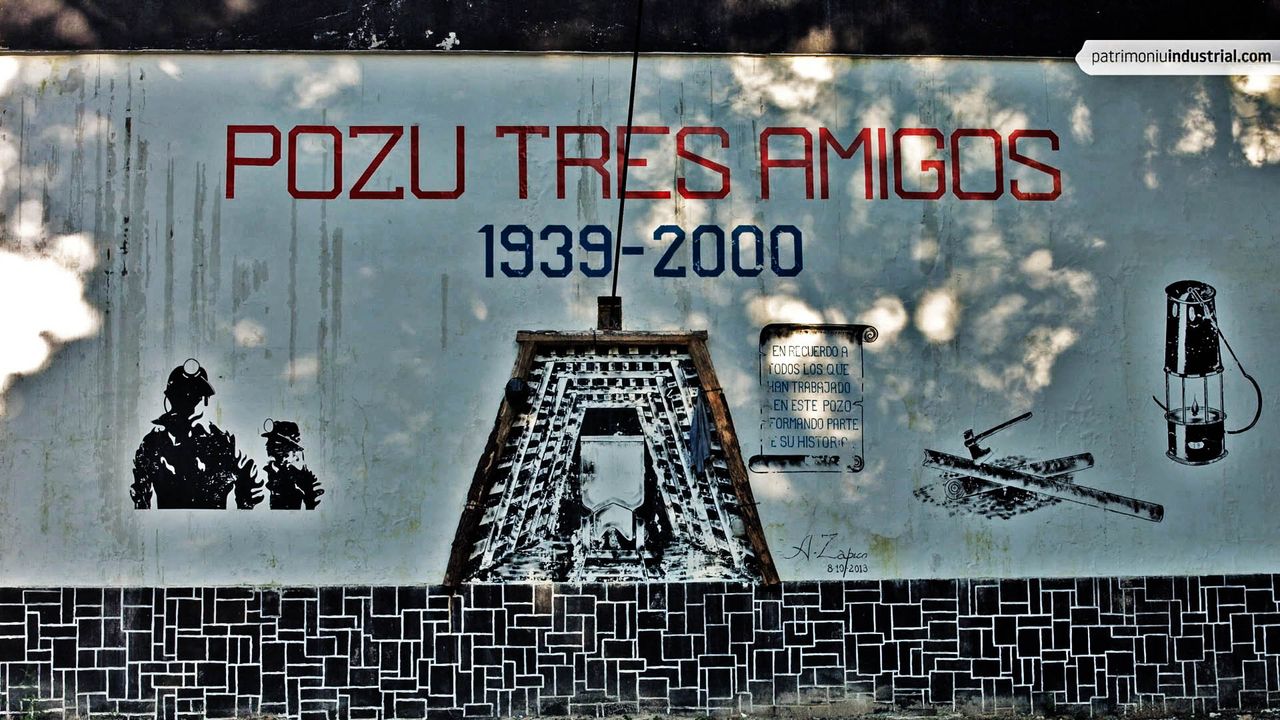
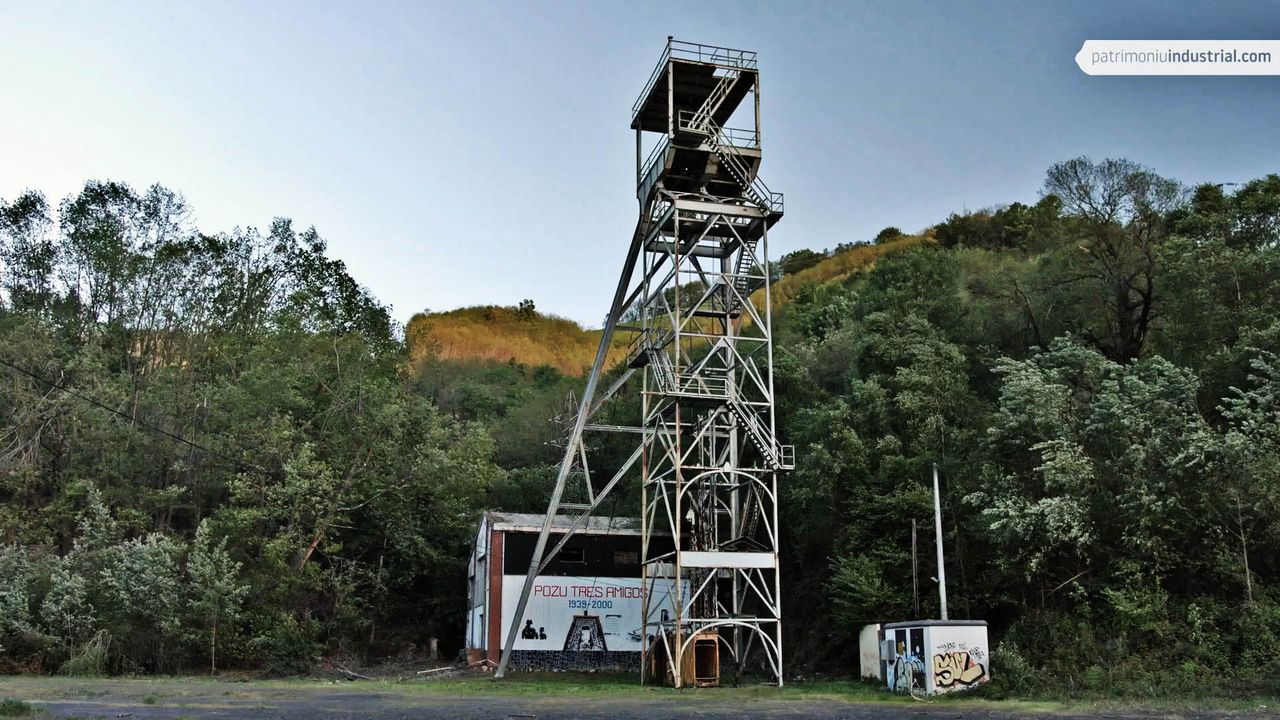
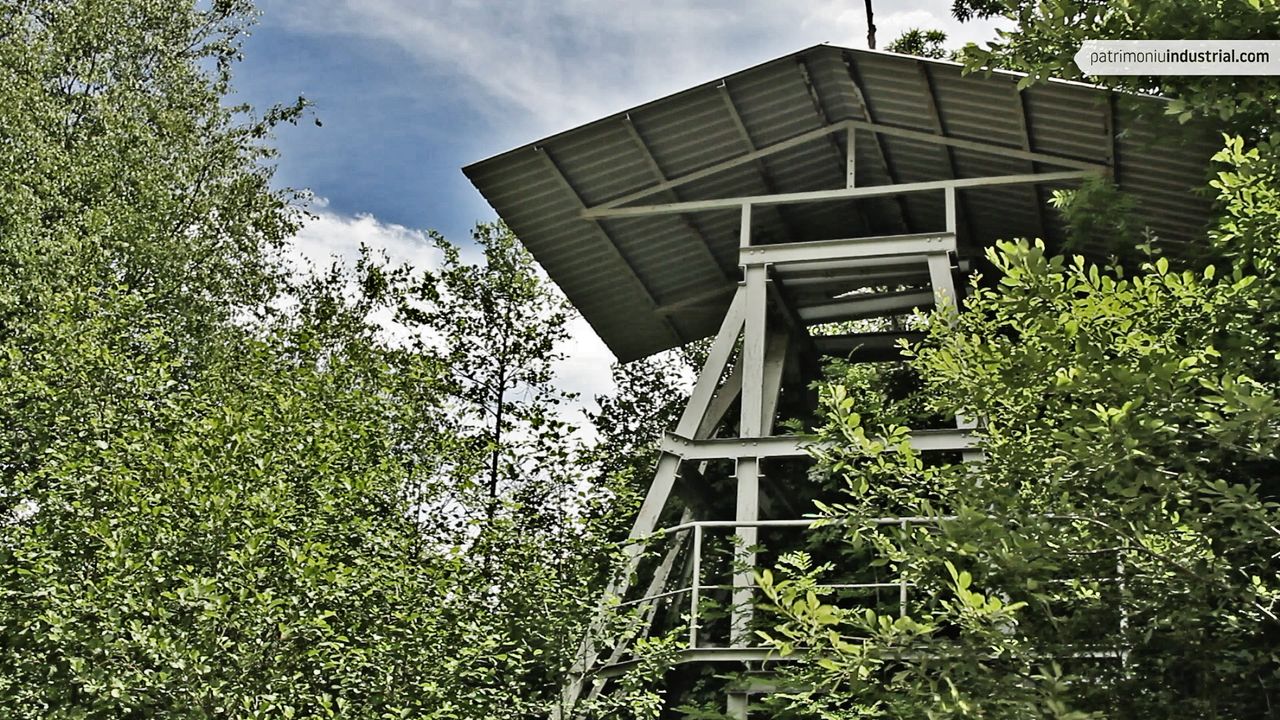
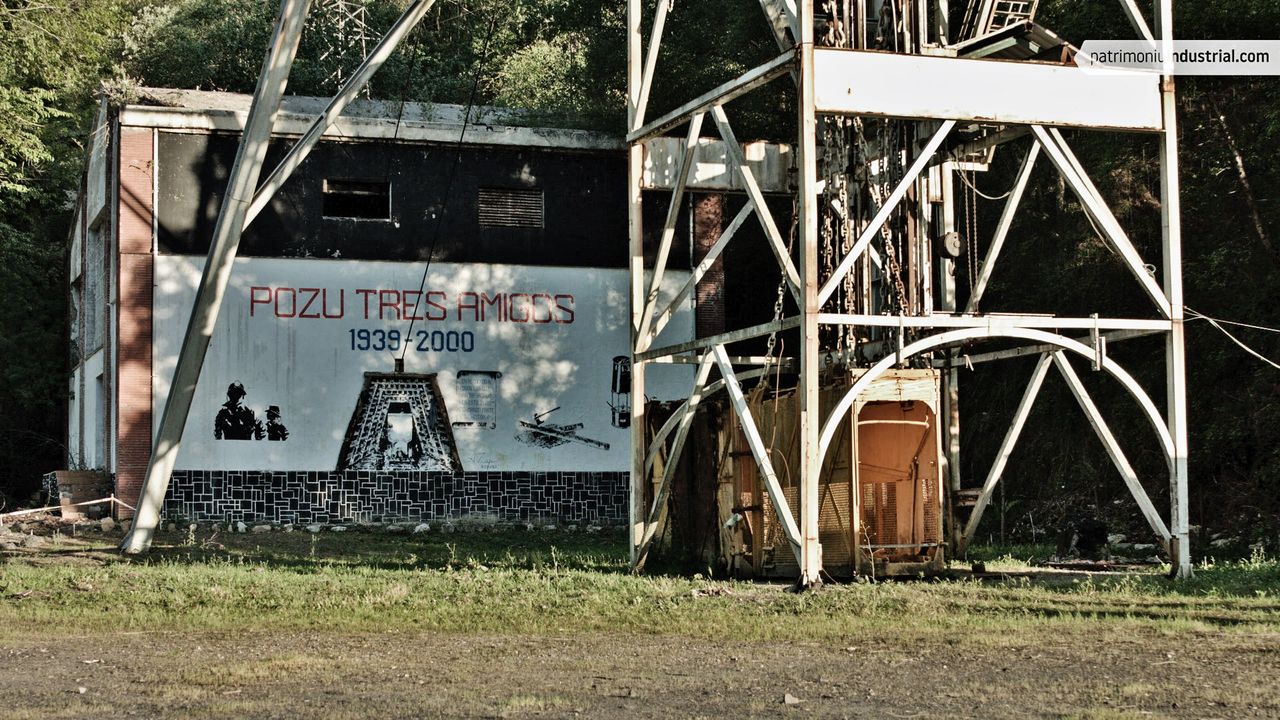
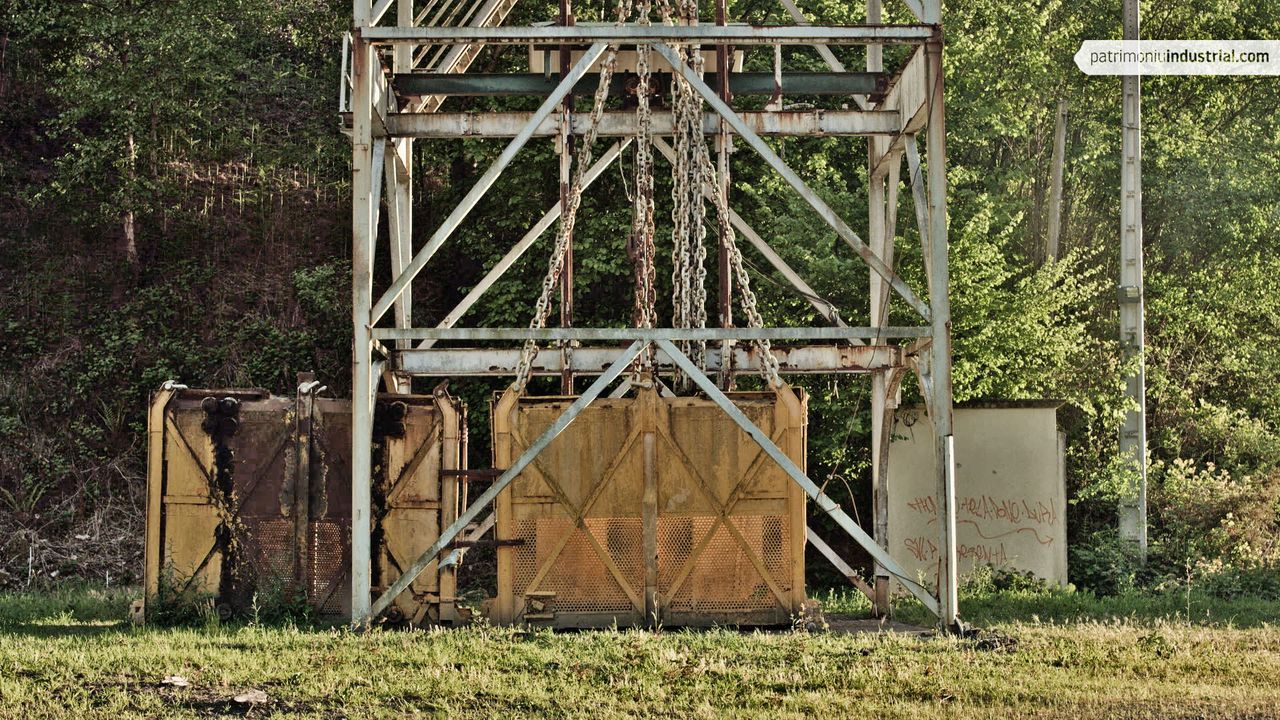
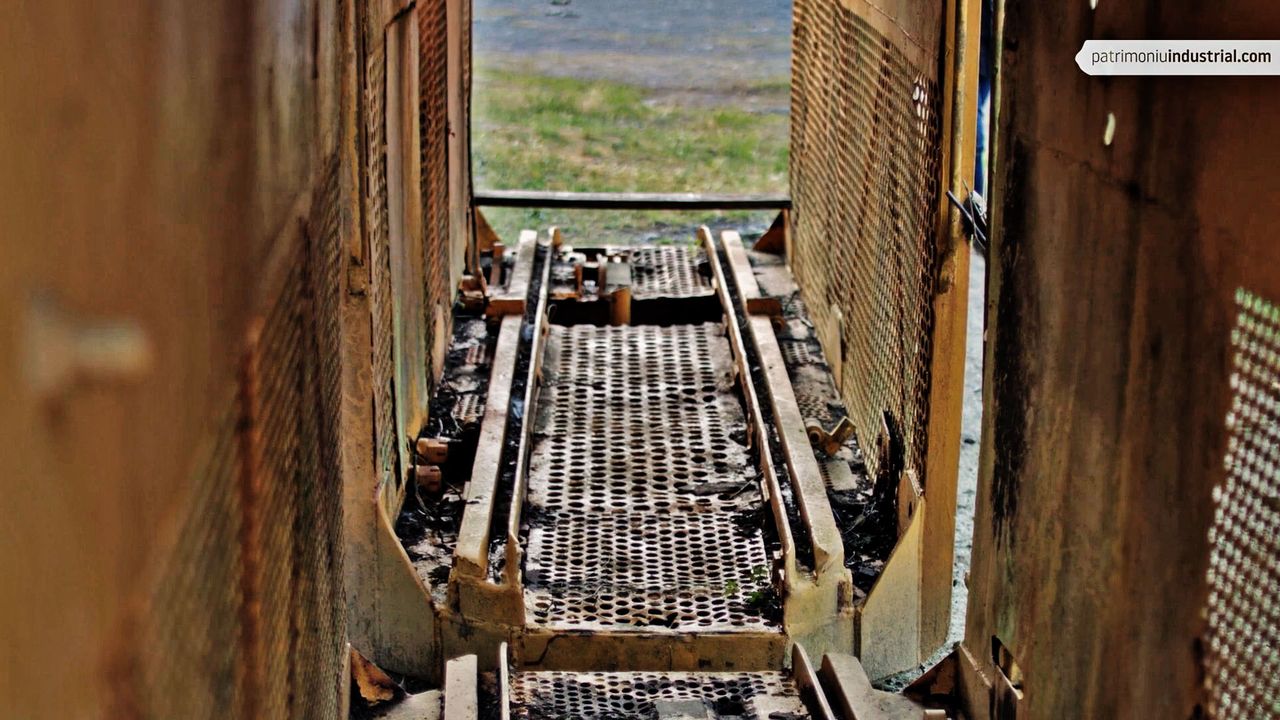
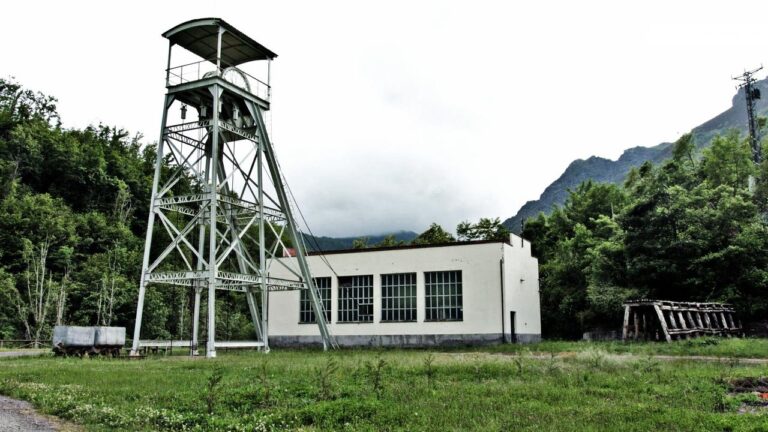

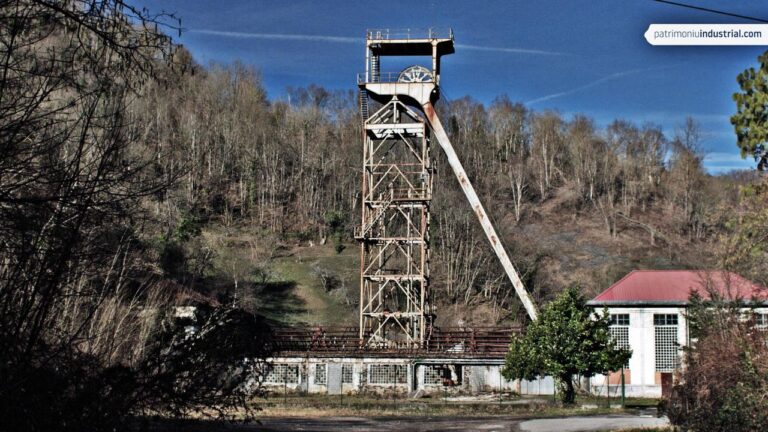

Recent Comments